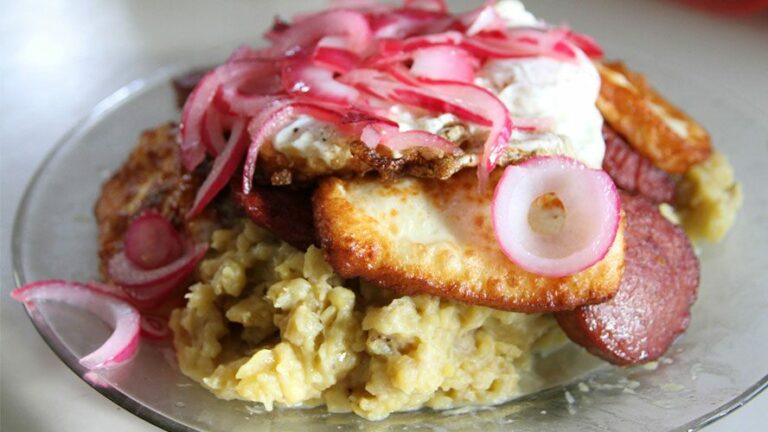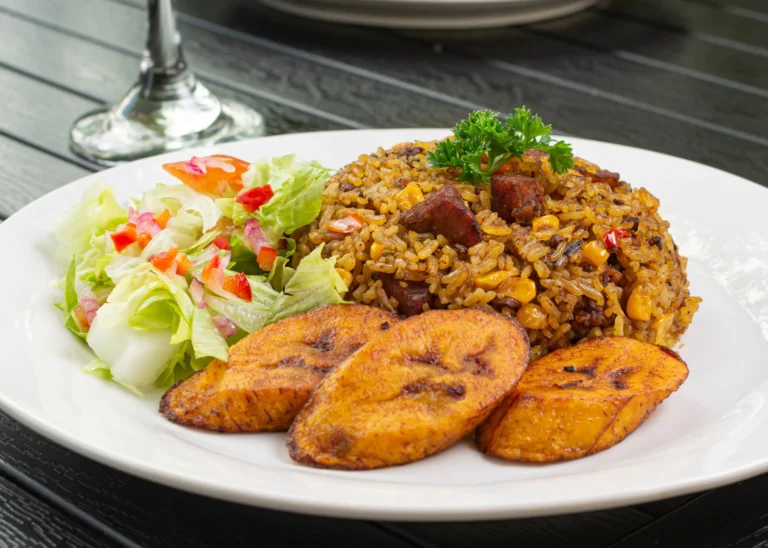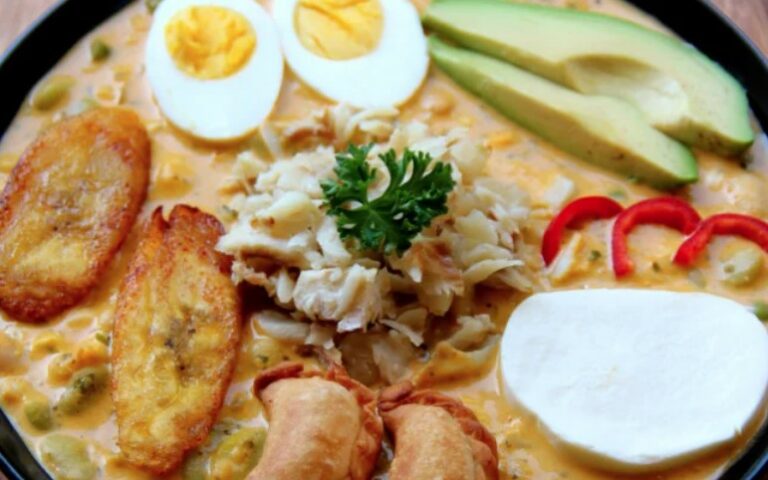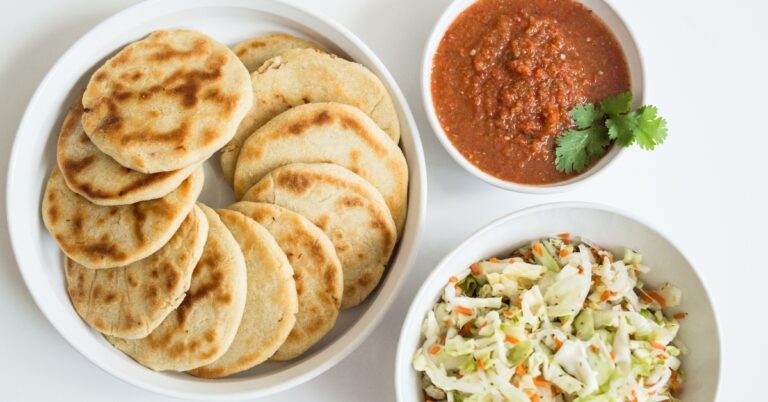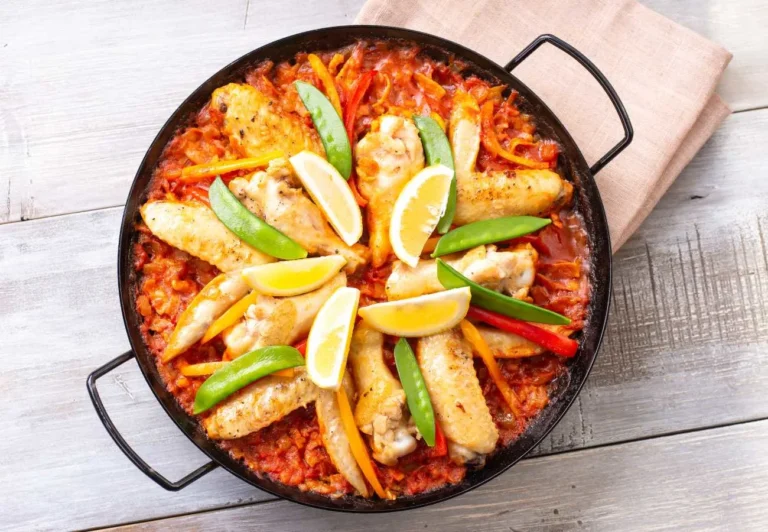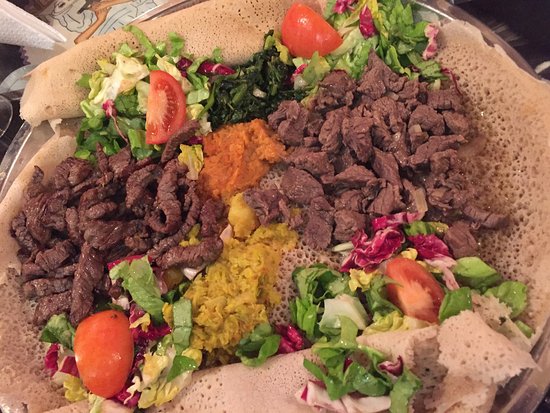Introduction: What is Mofongo in Dominican Cuisine?
Mofongo is a traditional dish of the Dominican Republic that consists of mashed plantains, garlic, olive oil, and pork cracklings. This dish is a staple in Dominican cuisine and is often served as a side dish or a main course. The dish is known for its unique blend of flavors and textures, which make it a favorite of locals and visitors alike.
Mofongo is a filling and satisfying dish that is perfect for any occasion. Whether you are looking for a quick and easy meal or a hearty comfort food, Mofongo is sure to hit the spot.
Origins of Mofongo in Dominican Cuisine
Mofongo is believed to have originated in the African continent and was brought to the Caribbean by slaves. The dish is a fusion of African and Spanish cuisine and has become an important part of Dominican culture. The name “Mofongo” is derived from the Congolese word “fufu,” which refers to a starchy mashed dish.
Over time, Mofongo has evolved to include a variety of ingredients and flavors, reflecting the diverse cultural influences in the Dominican Republic. Today, Mofongo is considered a national dish and is an essential part of Dominican cuisine.
Ingredients of Mofongo: Plantains and More
The main ingredient in Mofongo is ripe plantains, which are mashed and mixed with garlic, olive oil, and pork cracklings. Other ingredients that can be added to the dish include chicharrones (fried pork rinds), bacon, shrimp, chicken, or beef. Some recipes also call for onions, peppers, and other spices for added flavor.
Mofongo is a versatile dish that can be customized to suit individual tastes. The ingredients can be adjusted to make the dish spicier or milder, depending on personal preference.
Mofongo Preparation: Step by Step
To prepare Mofongo, ripe plantains are peeled and cut into small pieces, then fried until golden brown. The fried plantains are then mashed with garlic, olive oil, and pork cracklings until they reach a smooth consistency. The mixture is then molded into a ball shape using a wooden mortar and pestle called a pilón.
Once the Mofongo is shaped, it can be served as a side dish or topped with meat, seafood, or vegetables to make a main course. The dish is best served hot and can be paired with rice, beans, or salad.
Variations of Mofongo: Meat, Seafood, and Vegetarian
Mofongo can be prepared with a variety of ingredients, making it a versatile dish that can suit all tastes. Meat lovers can enjoy Mofongo with beef, chicken, or pork, while seafood lovers can opt for shrimp, lobster, or crab. Vegetarians can also enjoy Mofongo by replacing the meat with vegetables such as mushrooms, eggplant, or zucchini.
Accompanying Dishes for Mofongo
Mofongo is often served as a side dish, but it can also be paired with other dishes to create a full meal. In the Dominican Republic, Mofongo is typically served with rice, beans, and salad. Other popular pairings include fried plantains, tostones (fried green plantains), and yucca.
Where to find the best Mofongo in Dominican Republic
Mofongo can be found in many restaurants throughout the Dominican Republic, but some places are known for serving the dish particularly well. In Santo Domingo, the capital city, El Conuco is a popular restaurant known for its traditional Dominican dishes, including Mofongo. Other notable restaurants include Adrian Tropical and Mesón de Bari.
Conclusion: Why Mofongo is a Must-Try Dish in Dominican Cuisine
Mofongo is a delicious and satisfying dish that is an important part of Dominican cuisine. Its unique blend of flavors and textures make it a must-try for anyone visiting the Dominican Republic. Whether you prefer meat, seafood, or vegetables, Mofongo can be customized to suit your taste. So the next time you find yourself in the Dominican Republic, make sure to try this beloved dish!

